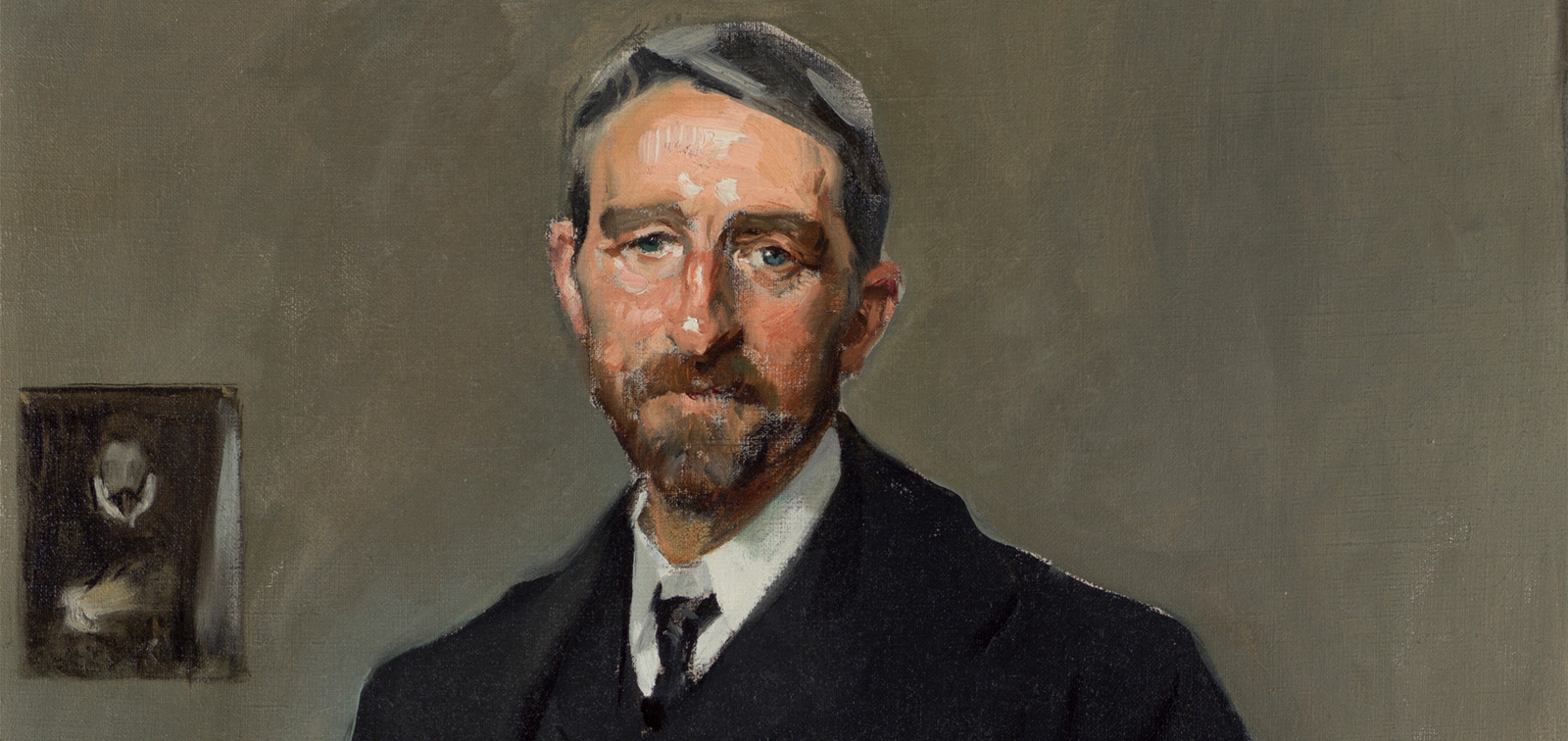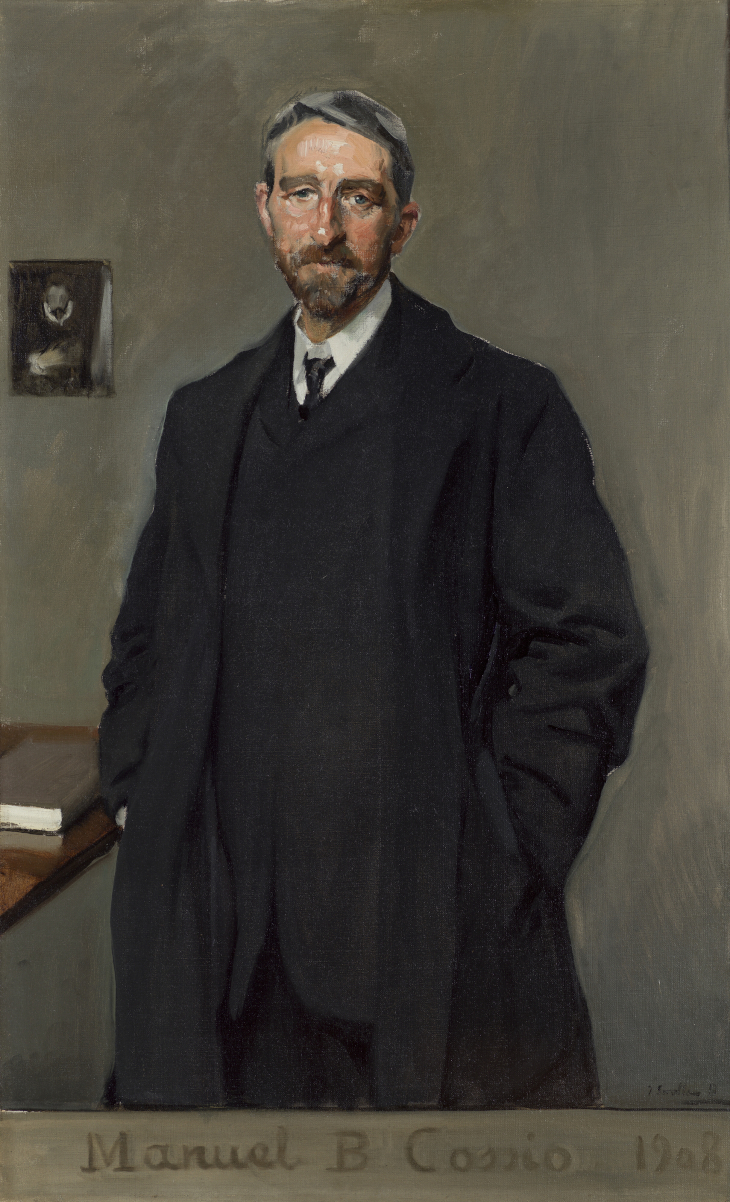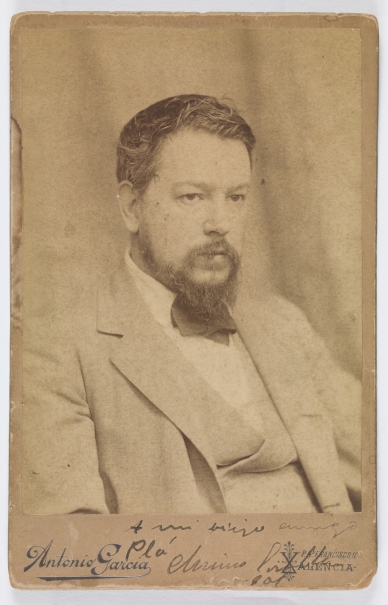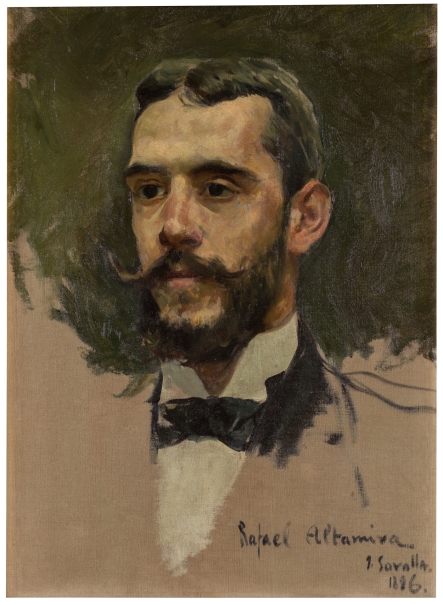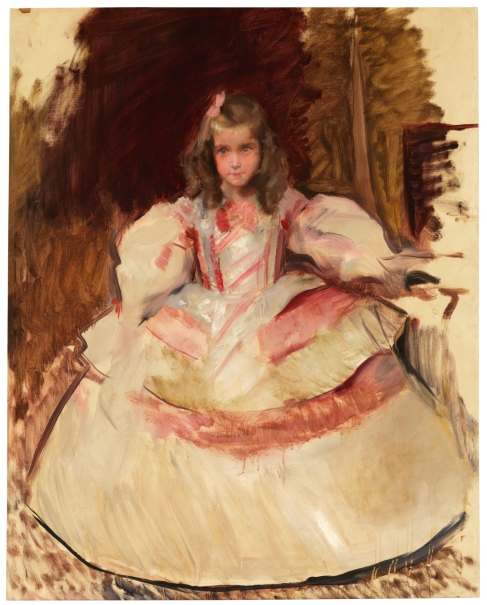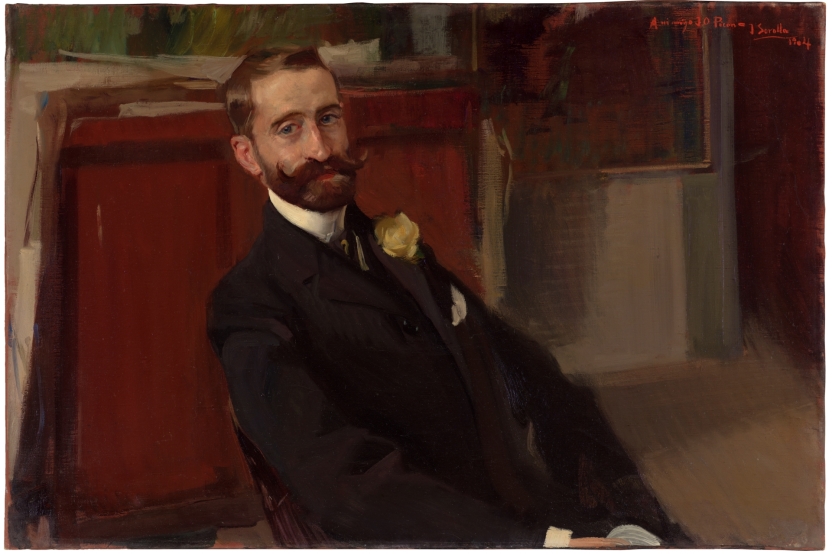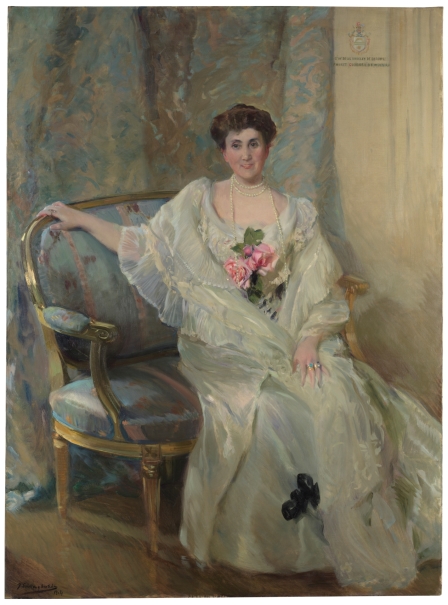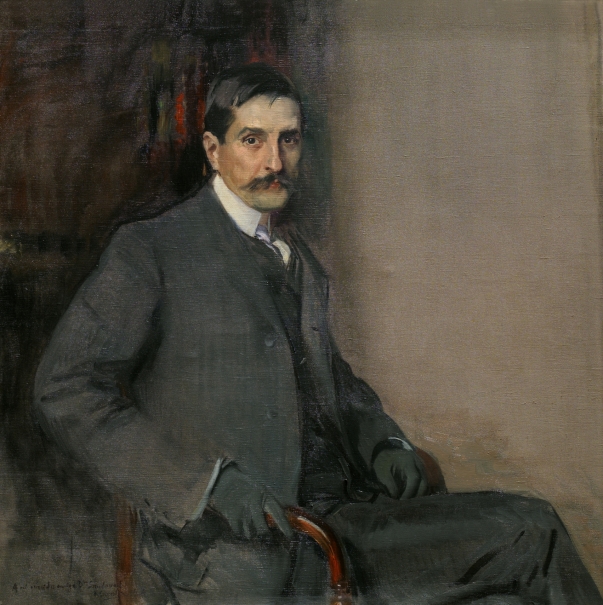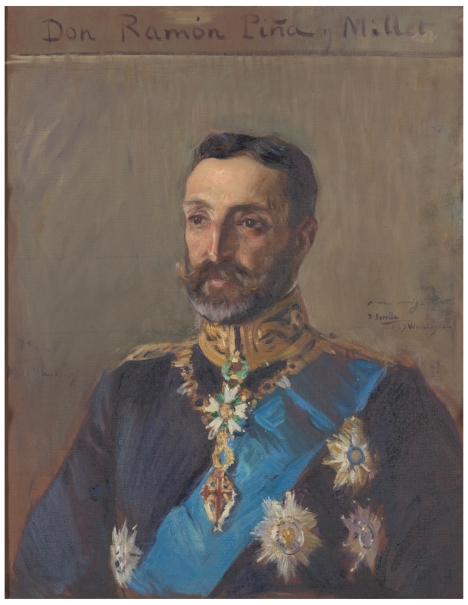The dedication to portraiture evident in the work of Joaquín Sorolla (1863-1923) is remarkable in terms of both number and quality. The artist’s professional collaboration as a very young man with the photographer Antonio García introduced him to careful depiction from life, an aspect already evident in paintings from his formative period. In the first decade of the 20th century this approach led Sorolla to become one of the great, internationally renowned portraitists.
Of the 23 paintings by Joaquín Sorolla in the Museo del Prado, 18 are portraits, including two acquired in 2022: Martín Rico (Room 62A) and Manuel Bartolomé Cossío (Room 60A), now presented at the Museum. Most of these works - the least known, as they are not normally on display - are now included in this exhibition, which has been organised to mark the centenary of the artist’s death. It is completed with the works in the permanent collection on show in Room 60A, adjacent to this one, and Room 62A, devoted to portraits by 19th-century artists including four by Sorolla.
Sorolla’s contribution to the genre frequently reveals the inspiration of the Old Masters, notably Velázquez, an influence that was evident in the exhibition held at the Prado in 2009. It can be seen in the greys and blacks employed in The Painter Aureliano de Beruete and in María Teresa Moret, possibly the artist’s two finest portraits, as well as in the spatial ambiguity of the former. Velázquez is more explicitly referenced in María Figueroa dressed as a Menina and in The Actress María Guerrero as ‘La dama boba’. Cossío’s portrait was painted in the year he published his book on El Greco and Sorolla pays tribute to that painter, whose work, like that of Velázquez, he had studied at the Prado. Sorolla captured the essential physical features of his sitter while adding a subtle interpretation of his intellectual personality. This is frequently the case in his male portraits, which depict leading individuals of the cultural life of the day (a considerable number of them associated with the Institución Libre de Enseñanza) who were also friends of the painter. They include writers (Rafael Altamira, Jacinto Felipe Picón y Pardiñas, Aureliano de Beruete the younger, and Cossío), doctors (Francisco Rodríguez de Sandoval and Joaquín Decref) and painters (Martín Rico, Aureliano de Beruete, Juan Espina, and Antonio Gomar). For some portraits (Jacinto Felipe Picón y Pardiñas, The Painter Antonio Gomar, Dr Joaquín Decref) Sorolla employed a horizontal format which allowed him to work with innovative compositional viewpoints and add a striking sense of movement to the figures, which are often slightly inclined to one side.
Sorolla’s female portraits convey a particular sensuality (Mercedes Mendeville) and make use of a sumptuous palette (María de los Ángeles Beruete y Moret). Both works, examples of portraits of women of the highest social standing, reveal how Sorolla adhered to the requirements of the genre. In the case of other sitters, such as María Teresa Moret, a friend of the artist and his family, or Ella J. Seligmann, the wife of a well known art dealer, his interpretation was elegant and lifelike, based on a refined chromatic sensibility of blacks, greys and whites. The artist was also outstanding as a painter of children, as evident in his depictions of Jaime García Banús and María Figueroa.
Sorolla’s ability to capture his sitters rapidly from life, resulting in images that convey an intense sensation of reality, is evident in all these works. In them, the artist remained faithful not only to his naturalist approach but also to the profound grasp of individuality characteristic of the great Spanish pictorial tradition.

